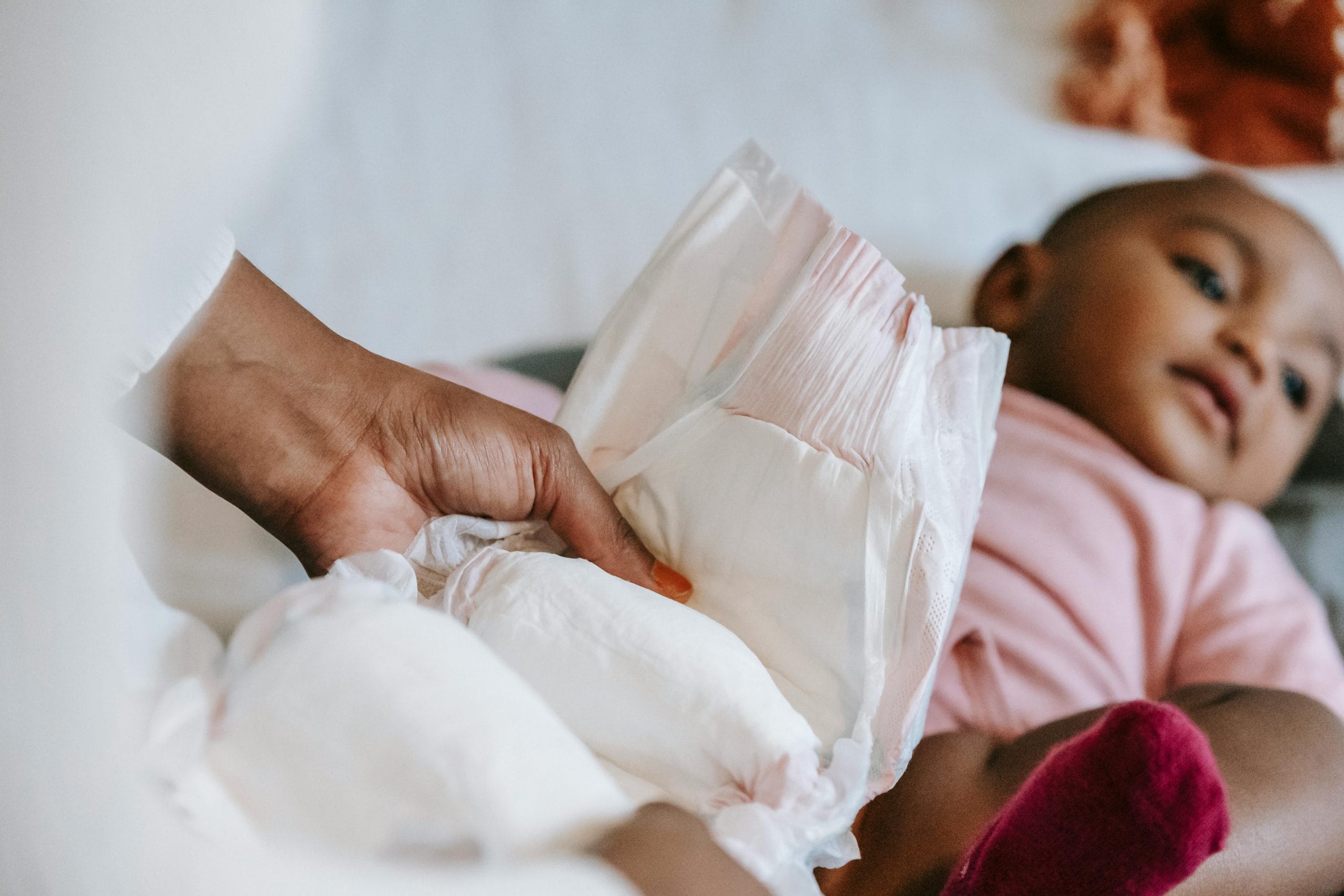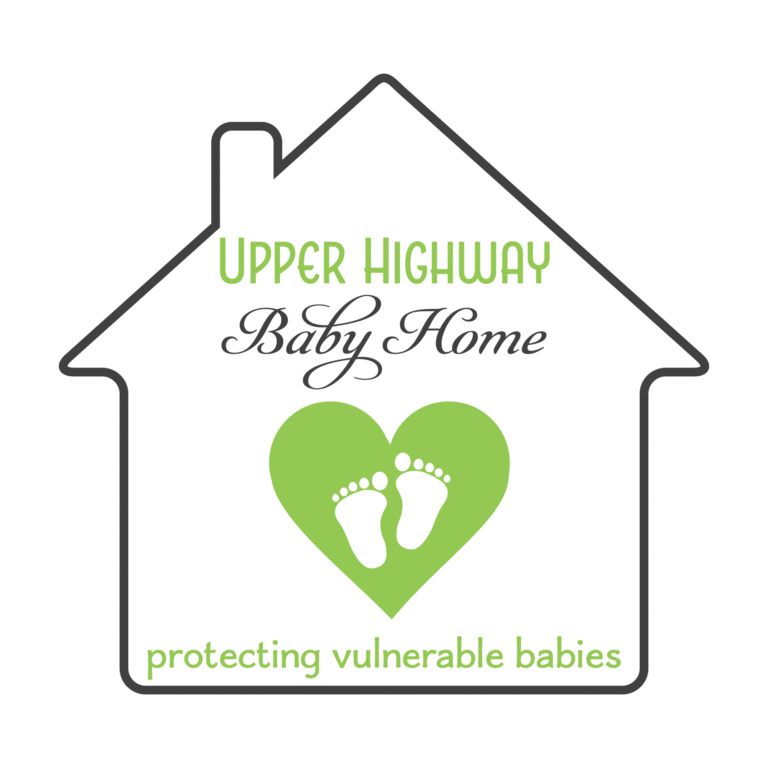Understanding Diaper Rash
Causes, Prevention, Treatment, and Best Diaper Practices
Diaper rash is one of the most common skin conditions affecting babies, with studies suggesting that up to 50% of infants experience it at least once. While it’s rarely serious, it can cause discomfort for your little one and concern for parents. Here’s a comprehensive guide to understanding diaper rash, preventing it, treating it, and choosing the right diapers for your baby.
What Is Diaper Rash?
Diaper rash (diaper dermatitis) is an inflammation of the skin in the diaper area. It appears as red, irritated patches on the buttocks, thighs, or genitals and can range from mild to severe.
How Does Diaper Rash Happen?
Diaper rash develops when the delicate skin under the diaper is exposed to a combination of factors:
- Moisture and Friction
- Prolonged contact with urine or stool breaks down the skin’s protective barrier.
- Wet diapers rubbing against the skin cause friction, worsening irritation.
- Chemical Irritants
- Enzymes in stool and ammonia in urine can irritate the skin.
- Harsh soaps, fragranced wipes, or laundry detergents (for cloth diapers) may also trigger rashes.
- Infection
- Warm, moist environments encourage fungal growth (e.g., Candida albicans), leading to bright red rashes with raised edges.
- Bacterial infections can also occur, especially if the skin is broken.
- Sensitive Skin or Allergies
- Babies with eczema or allergies are more prone to rashes.
- New Foods or Antibiotics
- Introducing solids or antibiotics can change stool pH or consistency, increasing irritation.
How to Prevent Diaper Rash
Prevention is key to keeping your baby comfortable:
- Change Nappies Frequently
- Replace wet or soiled diapers immediately (every 2–3 hours, or sooner if soiled).
- Use overnight diapers with extra absorbency for longer sleep periods.
- Clean Gently, Dry Thoroughly
- Use fragrance-free wipes or lukewarm water with a soft cloth.
- Pat the skin dry—never rub—before putting on a fresh diaper.
- Let the Skin Breathe
- Allow 10–15 minutes of daily “diaper-free time” to air out the skin.
- Apply a Protective Barrier
- Use a zinc oxide-based cream (e.g., Sudocrem, Bennetts Baby Bum Creme, Desitin) or petroleum jelly (Vaseline) during each change to shield the skin.
- Choose Nappies Wisely
- Opt for breathable, hypoallergenic diapers with moisture-wicking layers.
- Avoid tight-fitting diapers that trap moisture.
How to Cure Diaper Rash
If a rash develops, act quickly:
- Step 1: Keep the Area Clean and Dry
- Rinse with water instead of wipes during flare-ups.
- Dab dry or use a hairdryer on a cool setting.
- Step 2: Use a Medicated Cream
- For mild rashes: Apply a thick layer of zinc oxide cream.
- For fungal infections: Use an antifungal cream (e.g. clotrimazole) as directed by a pediatrician.
- For severe inflammation: A mild hydrocortisone cream (1%) may be prescribed.
- Step 3: Boost Healing
- Add colloidal oatmeal to bathwater to soothe irritation.
- Switch to super-absorbent diapers temporarily.
- When to See a Doctor
- If the rash doesn’t improve in 3–4 days.
- If there’s bleeding, blisters, fever, or spreading redness.
Recommended Diaper Use for Babies
The right diaper can make all the difference:
- Choose Quality Over Price
- Disposable diapers: Look for brands labeled “hypoallergenic,” “fragrance-free,” and “dermatologist-tested” (e.g., Pampers Pure, Huggies Special Delivery).
- Cloth diapers: Use breathable fabrics like bamboo or cotton, and wash with gentle, fragrance-free detergents.
- Ensure Proper Fit
- Nappies should be snug but not tight. Check for red marks on the skin.
- Size up if the rash occurs around the waist or leg bands.
- Prioritize Absorbency
- For heavy wetters, use diapers with gel-core technology or overnight variants.
- Avoid Irritants
- Steer clear of diapers with dyes, fragrances, or chlorine bleach.
Final Tips
- Wash Hands: Always clean your hands before and after diaper changes to prevent spreading germs.
- Monitor Diet: If breastfeeding, note if certain foods (e.g., acidic fruits) correlate with rashes.
- Stay Calm: Most rashes resolve within 2–3 days with proper care.
Diaper rash is a temporary challenge, but with the right habits and products, you can keep your baby’s skin healthy and happy. When in doubt, consult your pediatrician for personalized advice!










